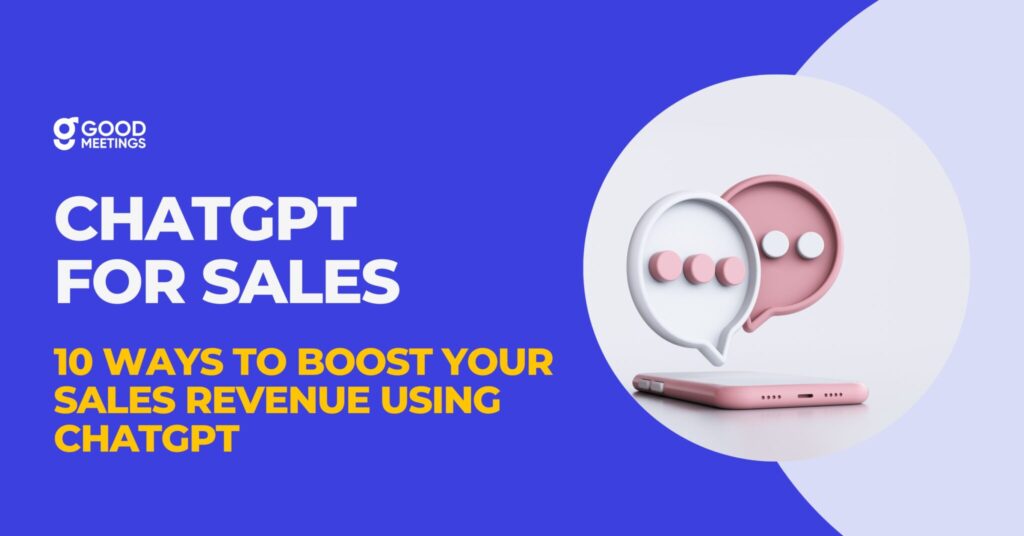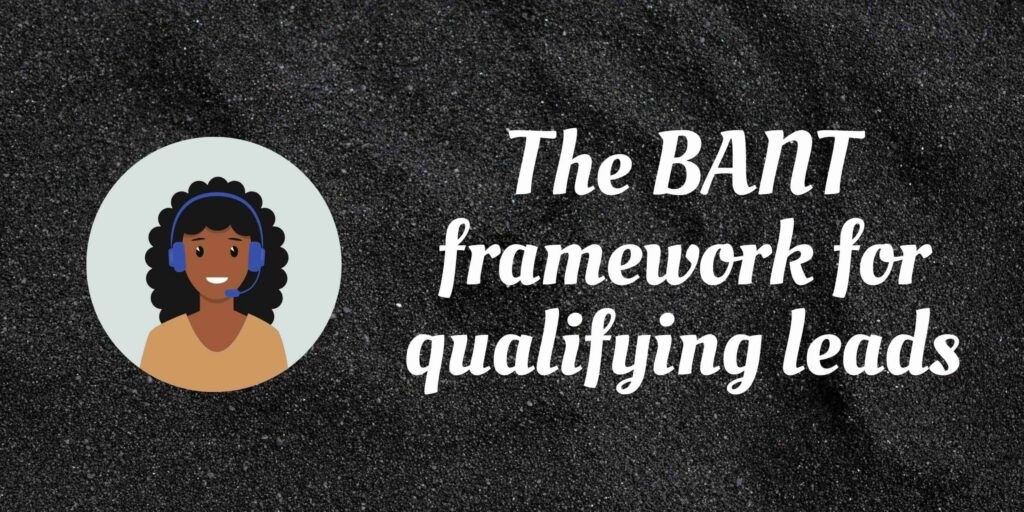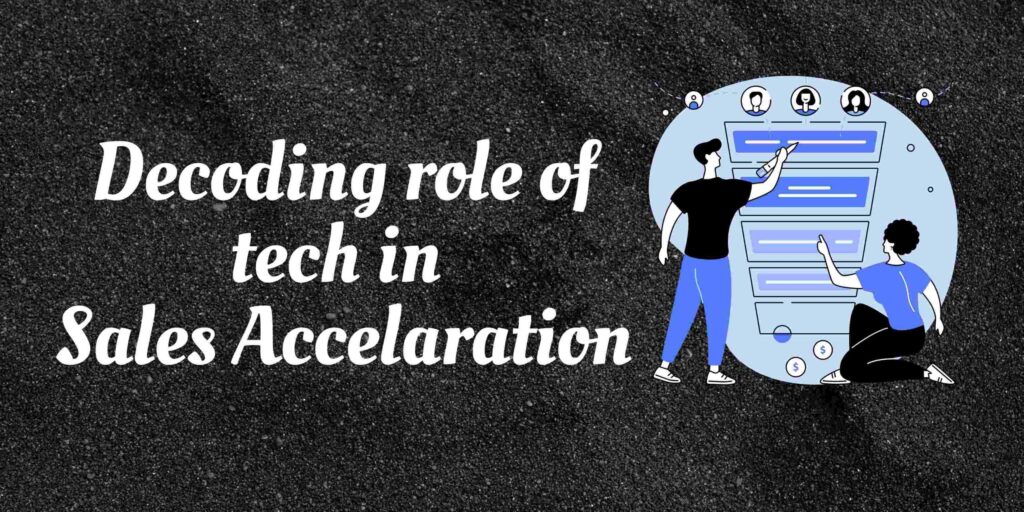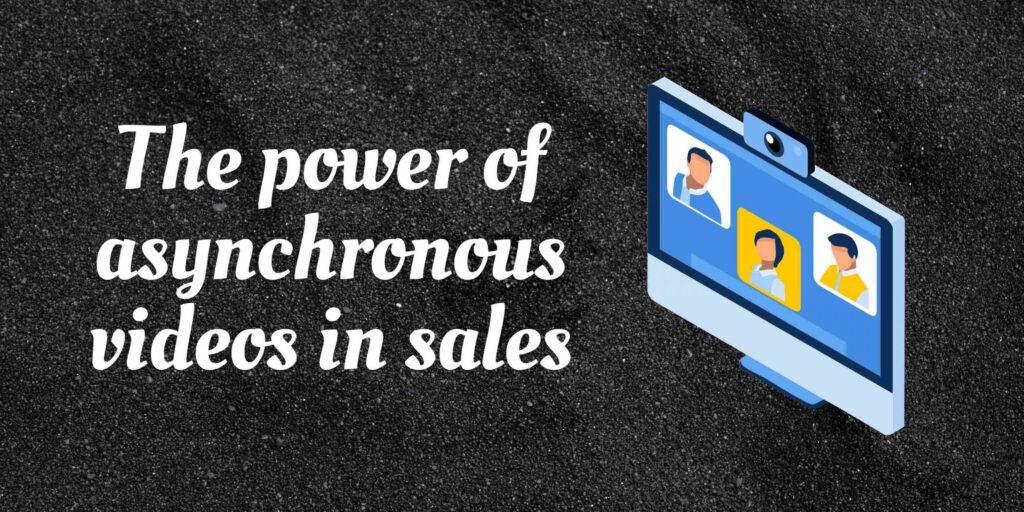
The process of lead generation may bombard you with a plethora of opportunities. It is, generally, tempting to pursue all these opportunities. However, this approach leads to an inefficient exercise wasting precious time and resources. The BANT framework filters these opportunities on exactly four criteria and increases the efficiency of your pipeline.
What is BANT?
BANT is a framework used to decide whether a sales opportunity in the pipeline is worth pursuing.
If used correctly, this framework can significantly reduce the number of drop-offs in the sales pipeline post lead qualification.
The BANT framework was developed at IBM and gained popularity due to its simplicity and ease of application. Many companies used it successfully to focus on the leads that mattered. Owing to its ease of use and cost-effectiveness, BANT saw increasing adoption over the years.
The BANT Framework
The BANT framework describes four lead qualification criteria:
B – Budget
This filter identifies if the lead has the budget for buying your solution. Is the lead willing to spend on the kind of solution that you are offering?
This filter does not determine if the lead is financially stable. This filter identifies if the lead has a budget component that has been assigned or can be assigned towards buying your solution. If the lead has no budget component for you, you may park them and keep an eye for funding rounds, IPOs, acquisitions, financial statements, etc., related to the company. In any such event, you may re-engage with them.
Read the 4 simple ways to re-engage lost leads.
A – Authority
Here, the BANT framework determines if you are working with a person of authority, i.e., the decision-maker for buying. Talking to the decision maker ensures that you get a correct and quick response.
If you are unable to get to the person of authority after repeated requests, you may choose to drop off these leads.
N – Need
The third filter involves figuring out if the lead needs your product. The need could be obvious or latent. As a sales representative, it is your job to find out if your product solves any pain point of the lead.
If you see that the lead does not need your product, show your integrity by pointing out to the lead that your existing product does not solve their pain points. Note down their needs and mention that you will get back to them with a product tailored to their needs.
Read the process of identifying triggers in sales.
T – Timeline
This last filter helps in finding out when the lead is planning to close the deal. If the lead has a definite answer, the length of the sales cycle for this lead will be shorter and you will be able to plan the launch of your offering to suit the buyer timeline by back-calculation.
If the lead does not have a definite answer, you may dig a bit more to find out if you can get a tentative timeline. If the lead seems to be totally lost regarding the timeline, it may be a signal to drop the lead.
Any lead that satisfies at least three of the four criteria is considered a viable lead. According to the BANT framework, this lead becomes qualified. A lead that fulfils less than three criteria may not be worth pursuing.
If you are doing lead qualification, BANT can be a very helpful tool. Next one in line is the MEDDIC method.
Is the BANT framework still relevant?
With the emergence of SaaS and changes in the way businesses began operating, BANT lost its popularity.
It was claimed that the BANT framework could not qualify the leads well in the SaaS environment. The SaaS business runs in a very different way compared to a product-based business. These changes are enlisted under the BANT framework parameters.
- Budget:
In the SaaS model, the expense is recurring. Instead of a capital expense, it is an operating expense. In this case, the budget component that needs to be planned is not one-time but a long-term activity.
2. Authority:
As opposed to traditional hierarchical structures for decision-making, these days, the decision-making structures are flatter. Decision-making may not be a single-point activity. Multiple departments come together to make the decision on purchasing by stating their go or no-go.
3. Need:
Traditionally, sales reps explained the features of the product in response to the pain points expressed by the customers. With the emergence of SaaS, sales reps have to play the role of finding the real need of the leads.
A good Sales rep asks the ‘why’ questions until they find the real need of the leads and focus on solving those needs.
For example, if you are into consulting services and a company approaches you stating their pain point that their organization structure is chaotic. As a salesperson, you should if you ask them enough “whys” you may come to the conclusion that it is not the structure but the lack of interdepartmental processes in the company that is causing the chaos. When you get to the root cause of the problem, you solve the problem effectively.
Read here about the top qualities of high performing Sales development reps (SDR).
4. Timeline:
In order to solve the customer’s pain points, you need to focus on their timeline and not yours. Instead of wondering how long the client will take to implement your solution, you should focus on how you need to align your solution launch timeline such that it impacts the success of the customer’s product or service the most.
While it is claimed that the BANT framework does not work for SaaS-based businesses, many disagree. It is about asking the questions in the right way instead of being direct about them.
In order to successfully use BANT for any type of business, we need to tweak the questions to be more customer-oriented.
Direct questions lead to closed questions that end in one-word answers. These one-word answers are not insightful and leave little room for analysis. Often, these answers are not thought through and do not reveal the actual need.
Sample Questionnaire for effectively using the BANT framework
Following are the questions that you may use to qualify the leads using the BANT framework:
Budget
Instead of directly asking the client about the budget, you may ask the following questions to determine the budget availability:
1) What is the priority of this need?
2) How urgently do you need this?
3) Do you have an estimate of the returns that this kind of solution can fetch you over X years?
4) Have you estimated the losses that you are incurring because of the absence of such a solution?
5) How critical is this need to achieve your annual target?
Authority
Instead of asking if they are the decision-making authority, you may ask:
6) Who else should I invite to the next meeting?
7) Who else is involved in the decision-making process?
8) Have you made such a purchase before?
9) How many members are involved in decision-making?
10) What is your decision-making process?
11) How can I help you in resolving any concerns that you have in taking the decision?
Need
Instead of asking if they need your solution, ask the following questions to fetch better responses:
12) What is the impact that you expect from our solution besides the need stated?
13) Your pain point is …. Did I understand that correctly?
14) What are your goals or objectives for next year?
15) Why do you think you need this?
Timeline
Instead of asking by when will they want to implement your solution, ask them the following questions:
16) When do you plan to launch your product or service (impacted by your offering)?
17) What happens if you don’t launch the above-mentioned product or service?
18) How can we help you in avoiding any issues with your product launch or service?
19) How long before you launch your product or service would you need our offering?
BANT is a legacy framework. While many organizations have tried to adopt other frameworks, none of them matches the simplicity and velocity of BANT. The BANT framework may be applied to any business for efficient lead qualification by asking the right questions and tweaking them w.r.t. the nature of the business.





